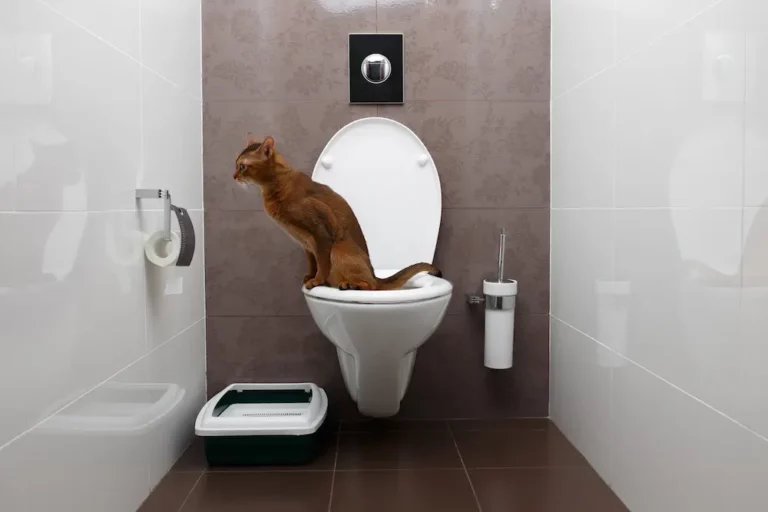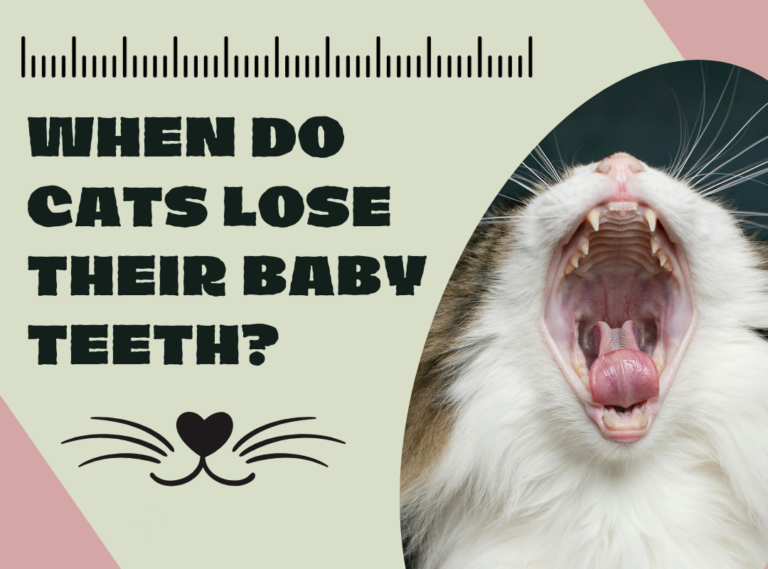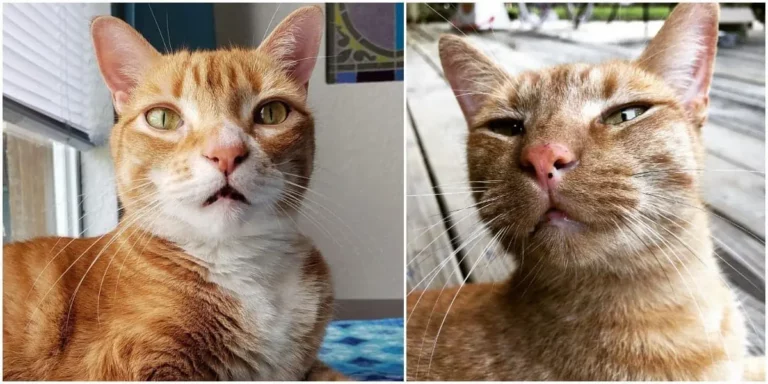The REAL Reason Why Cats Arch Their Backs
Have you ever wondered why your
It’s not just an instinctual response to make themselves appear larger and more intimidating; there are underlying physiological and communication factors at play.
Instinctual Responses
When a
You might notice your
This behavior can make the
It’s a natural defense mechanism that has evolved over time, allowing cats to protect themselves in the wild.
In addition to warding off enemies, an arched back can also be a reaction to sudden, loud noises or unexpected movements. If you’ve ever accidentally startled your
This response is rooted in their survival instincts, triggering a physical reaction that prepares them for either fight or flight.
Understanding this behavior can help you create a more comfortable environment for your pet.
By recognizing the signs of stress or fear, you can take steps to reduce potential triggers, ensuring your
Whether it’s providing hiding spots or minimizing loud disturbances, your awareness and actions can make a significant difference in your
Physiological Factors
The arching of a
Cats have an incredibly flexible spine, which allows for a wide range of movements. The vertebrae in their spine are separated by elastic discs, giving them that extraordinary flexibility.
This flexibility is essential for various actions, including the iconic arching of the back.
Cats also possess strong, well-developed muscles along their spine.
These muscles contract and expand, enabling the
This movement isn’t only a display but also a way for your
Moreover, the arching movement engages the
Your
Communication Signals
Cats arch their backs to communicate a range of emotions and intentions. This unique body language can signify various states, from fear to excitement.
When your
This classic ‘Halloween
By recognizing this signal, you can better understand your
On the flip side, an arched back can also indicate a playful mood. If your kitty approaches you with an arched back and a relaxed posture, it’s likely inviting you to engage in some playtime.
You might notice this when your kitty is feeling particularly frisky, ready to pounce on a toy or even your moving hand. Understanding this will help you bond with your furry companion by responding appropriately to its playful cues.
Additionally, some cats arch their backs as a sign of stretching and self-care, especially after a nap.
This is a normal, healthy behavior that aids in muscle relaxation. By observing these distinct signals, you can better understand and meet your
Conclusion
Understanding why cats arch their backs helps you create a safer, more comforting environment for your kitty companion. Recognize this behavior as an instinctual response to threats, a means of communication, or simply a need to stretch.
By paying attention to these signals, you can better address your
Always observe and respond to their body language, fostering a trusting and relaxed relationship between you and your furry friend.






